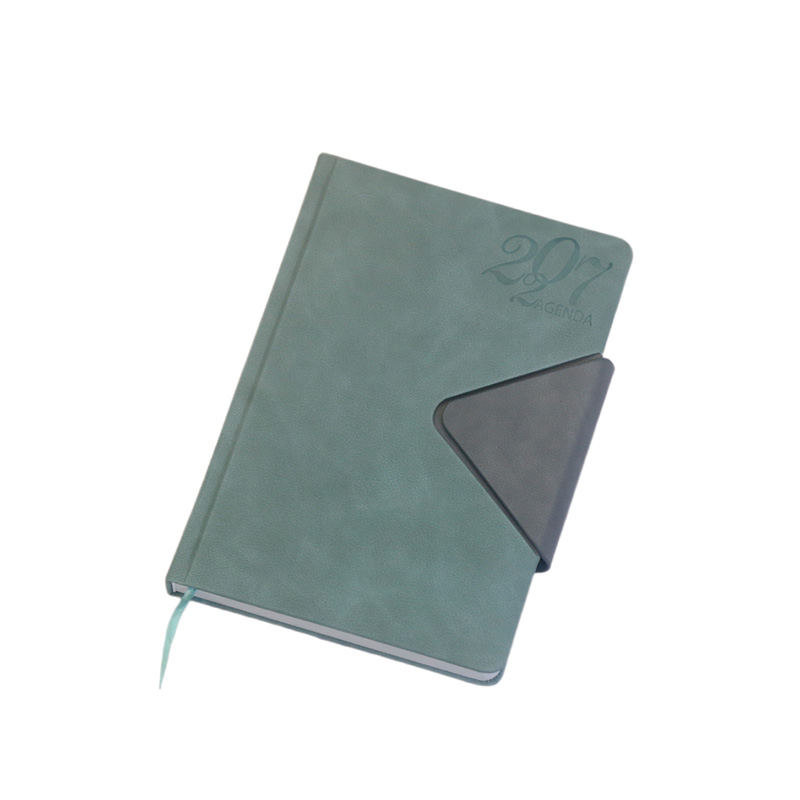What Makes a High-Quality Notebook Essential for Work, Study, or Creative Writing?
2025-07-09
In an age of digital devices and cloud storage, the humble notebook continues to hold a special place in the lives of professionals, students, and creatives alike. Whether used for brainstorming, journaling, planning, or sketching, a high-quality notebook offers more than just blank pages—it becomes a trusted tool for focus, expression, and productivity.
But what exactly sets a high-quality notebook apart, and why is it still considered essential in so many daily routines? Let’s explore the qualities that make a great notebook indispensable for work, study, and creative writing.
1. Smooth, Durable Paper for a Comfortable Writing Experience
The feel of pen or pencil on paper can greatly influence how enjoyable and effective writing is. A high-quality notebook features thick, smooth paper that resists ink bleed-through and feathering, ensuring your notes stay clean and legible. Whether you’re using a fountain pen, gel pen, or fine-point marker, superior paper quality enhances the overall writing experience.
For students and professionals who write regularly, the comfort and reliability of the paper can improve concentration and reduce frustration during long sessions.

2. Thoughtful Layouts That Support Your Goals
Notebooks come in various formats—lined, grid, dotted, and plain—each suited to different tasks. A good notebook offers a layout that aligns with its intended use:
Lined pages are perfect for structured writing and note-taking.
Dot grid or graph paper suits bullet journaling, diagrams, or math work.
Blank pages encourage free expression for sketching or brainstorming.
A high-quality notebook offers consistency across pages and thoughtful touches like index pages, numbered sheets, and space for headers or dates, which make organizing and referencing information easier.
3. Strong Binding That Withstands Frequent Use
Whether it’s tossed in a backpack, carried to meetings, or flipped open daily, a notebook needs reliable binding. High-quality notebooks are bound to last—whether sewn, spiral, or glued—ensuring that pages stay in place and the spine remains intact even with constant use.
Durable binding also allows the notebook to lay flat, which makes writing easier and more comfortable, especially for longer sessions of note-taking or journaling.
4. Portable and Professional Design
A great notebook isn’t just functional—it’s also pleasing to carry and use. Quality covers made from materials like leather, hardcover board, or flexible but tough synthetic fabrics provide protection and a professional look. The right size also matters: A5 for everyday carry, A4 for detailed note-taking, or pocket-sized notebooks for jotting down quick thoughts.
For professionals and students alike, a notebook that looks polished and feels sturdy can enhance confidence and make a strong impression in meetings or presentations.
5. Encouragement for Focus and Creativity
Unlike digital devices that often bring distractions, a notebook offers a distraction-free environment. There are no notifications, apps, or pop-ups—just you and the page. This simplicity makes notebooks a valuable tool for deep thinking, personal reflection, and uninterrupted creative flow.
Writers often use notebooks to brainstorm ideas, draft scenes, or collect observations. Students find them helpful for retaining information through handwriting. Professionals rely on them to map out strategies, plan tasks, or record key takeaways from meetings.
6. A Personal Archive of Thoughts and Progress
A notebook becomes more than a collection of pages—it becomes a record of your ideas, efforts, and growth. Looking back through an old notebook can reveal how far you’ve come in your thinking, studies, or creative process. It offers a sense of continuity and personal history that digital files rarely match.
For many, the tactile nature of flipping through pages and seeing handwritten notes provides a sense of satisfaction and connection to their work.
Conclusion
A high-quality notebook offers a powerful blend of practicality, inspiration, and reliability. From the smooth texture of the paper to the durability of the binding, every detail contributes to making it an essential tool for productivity and creativity. Whether you’re writing a novel, preparing for an exam, or planning your next big project, a well-made notebook is more than stationery—it’s a partner in the process.
In a digital world, the notebook remains timeless—and for good reason.